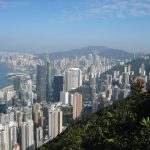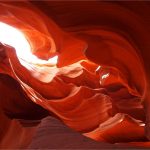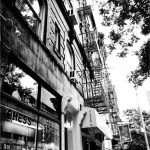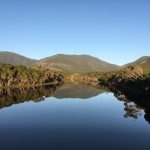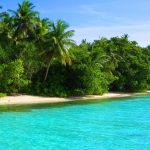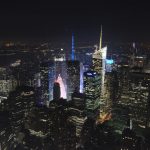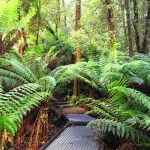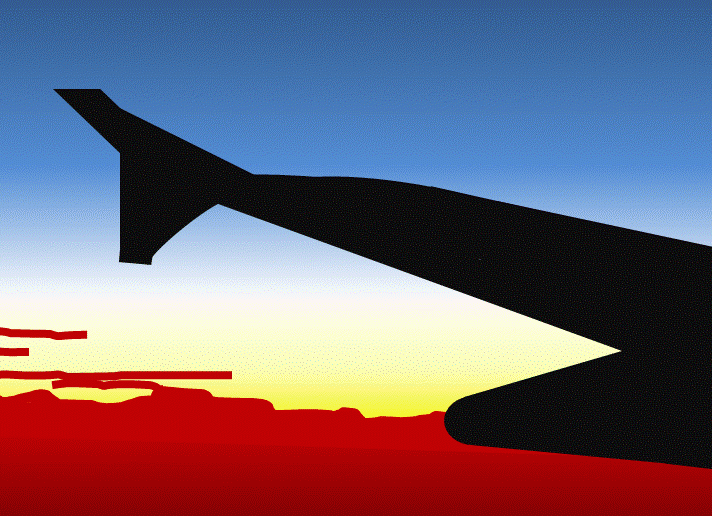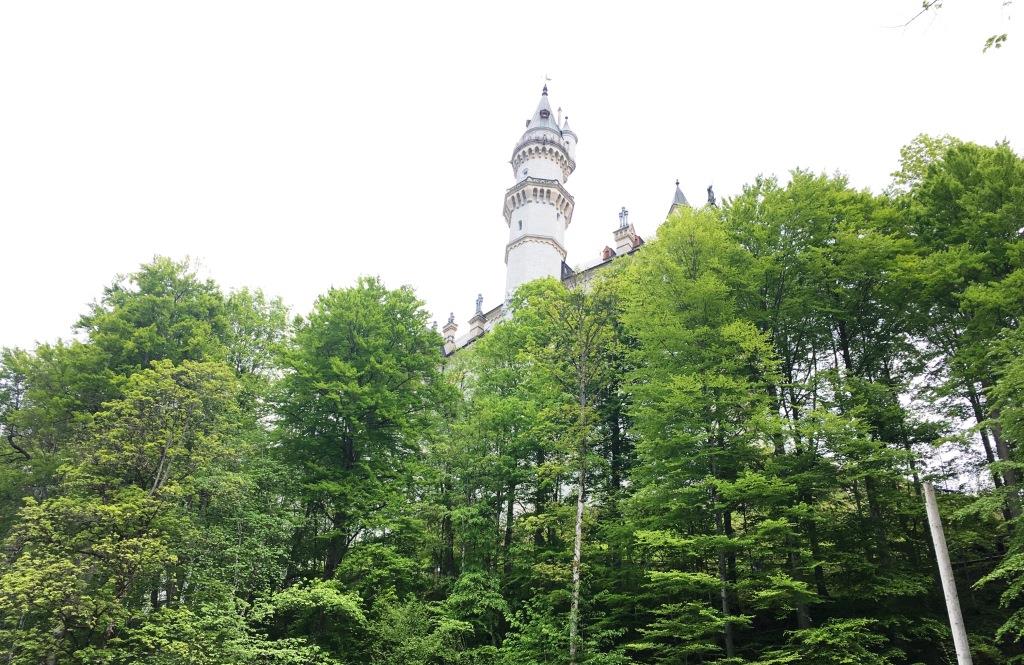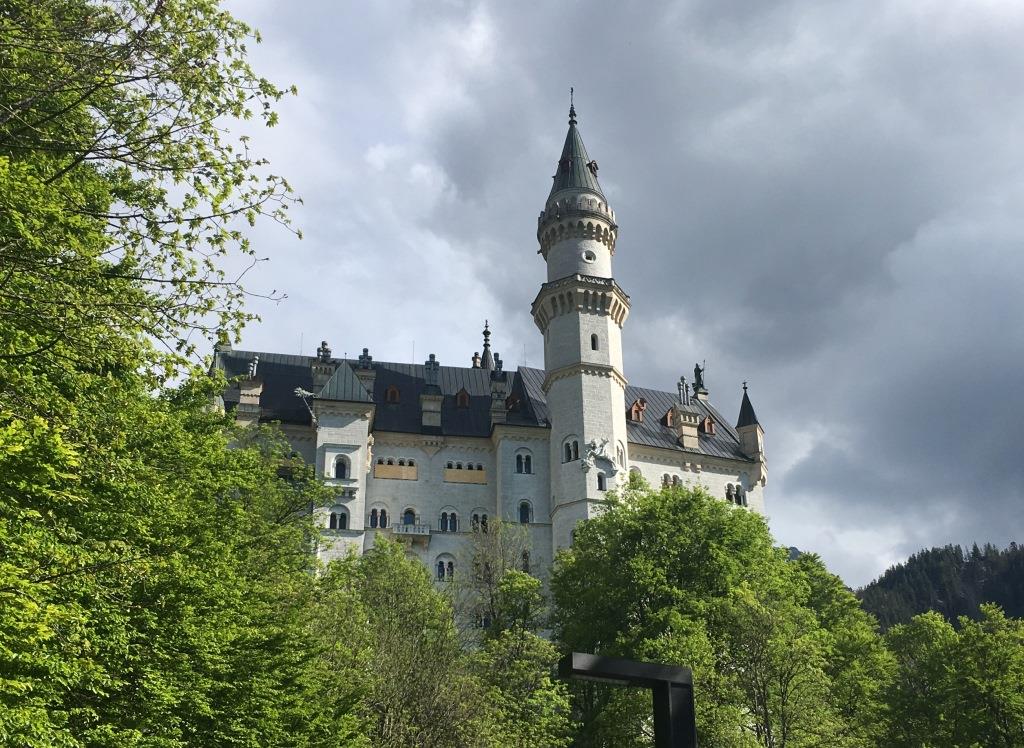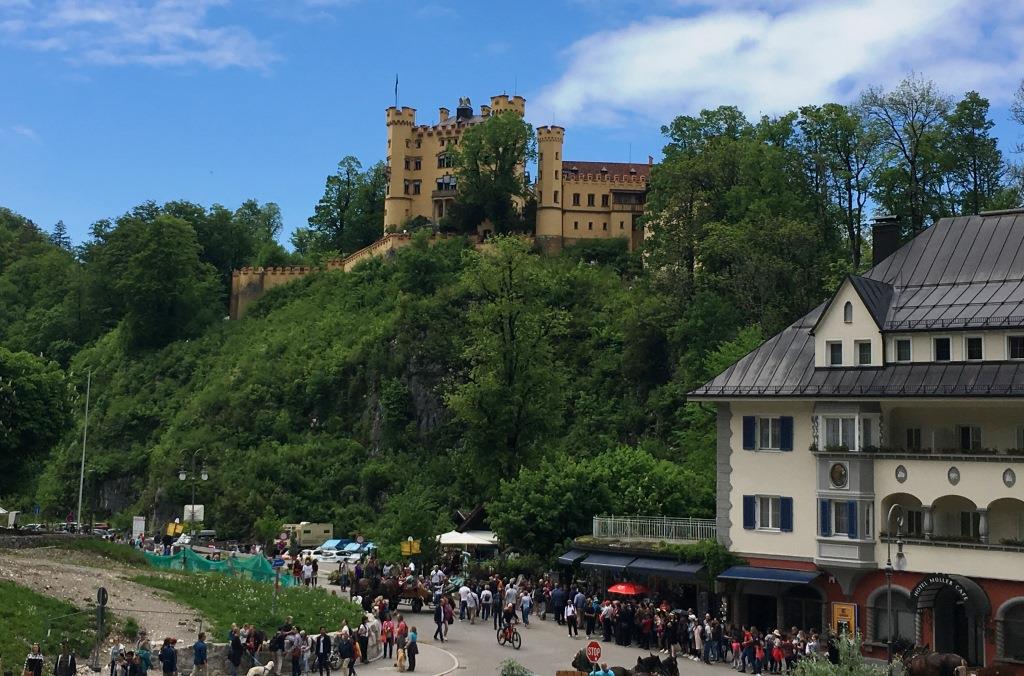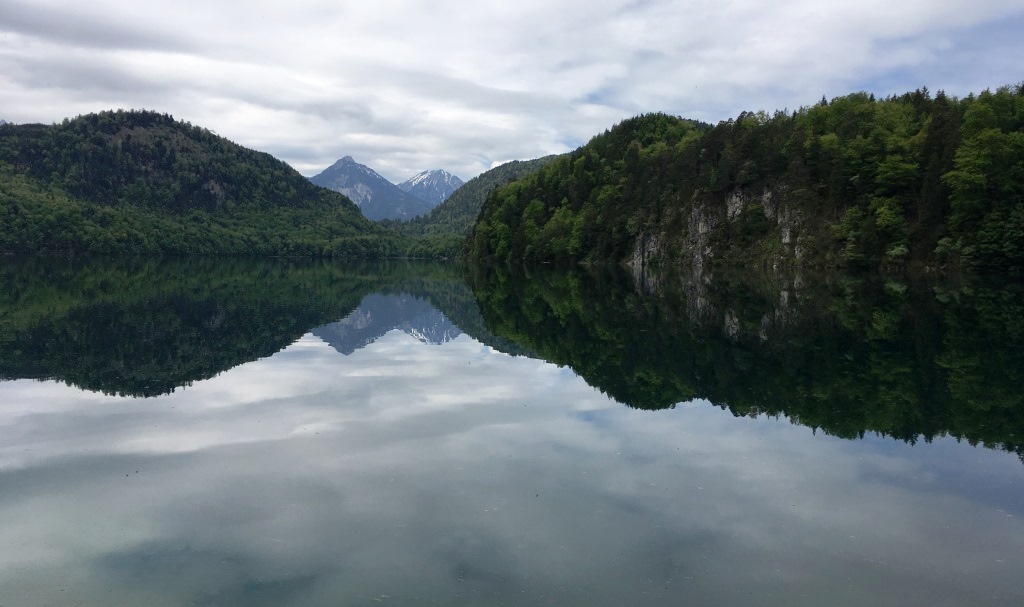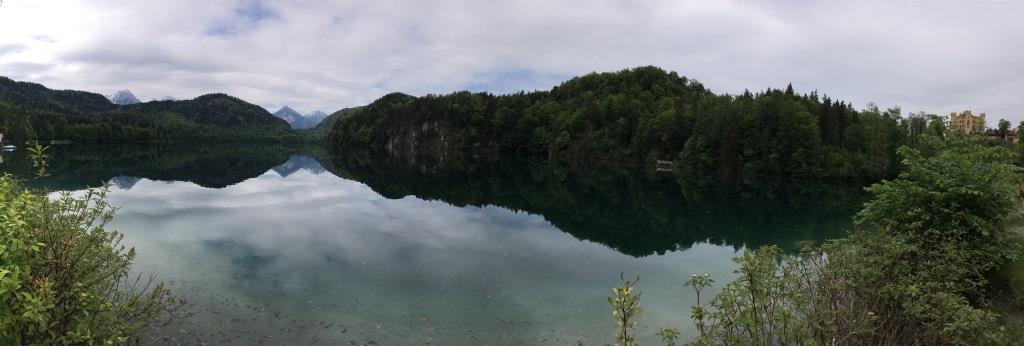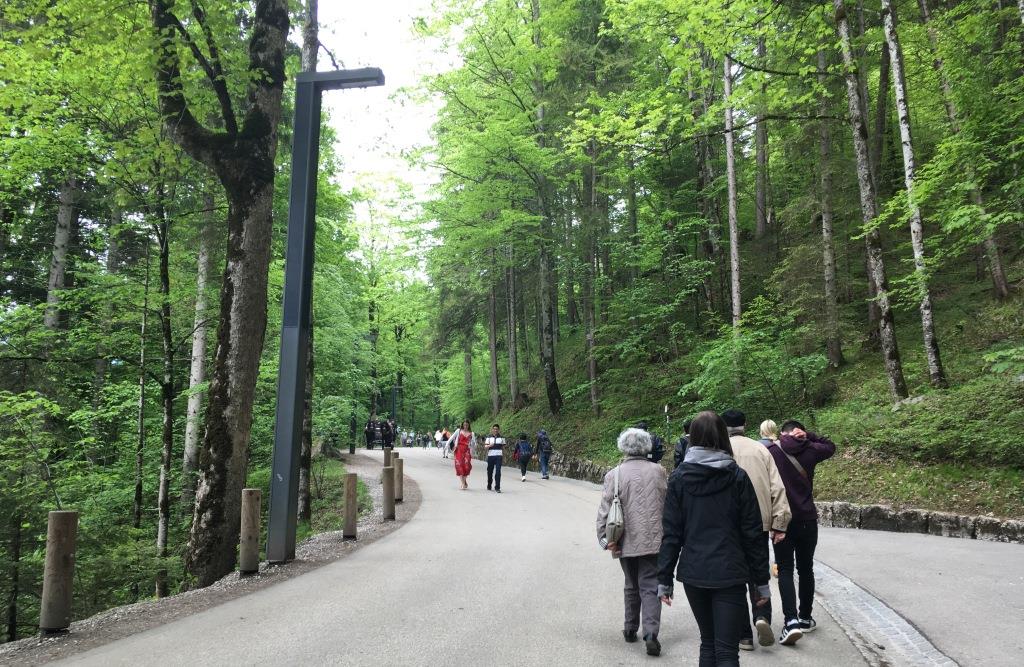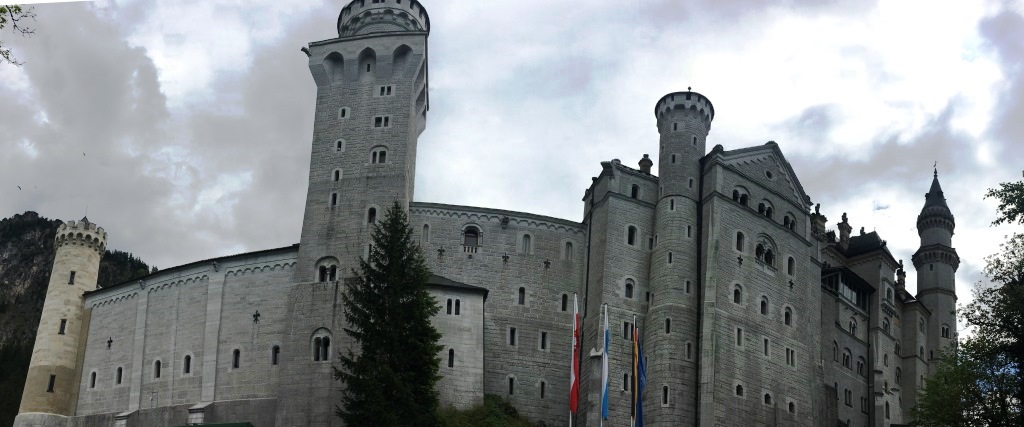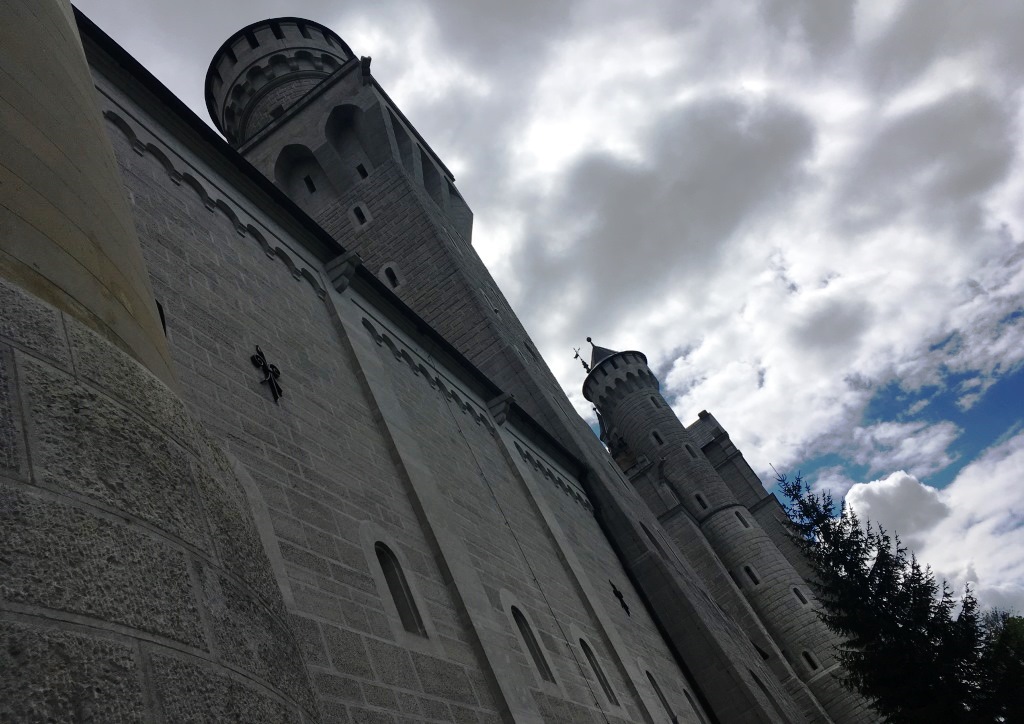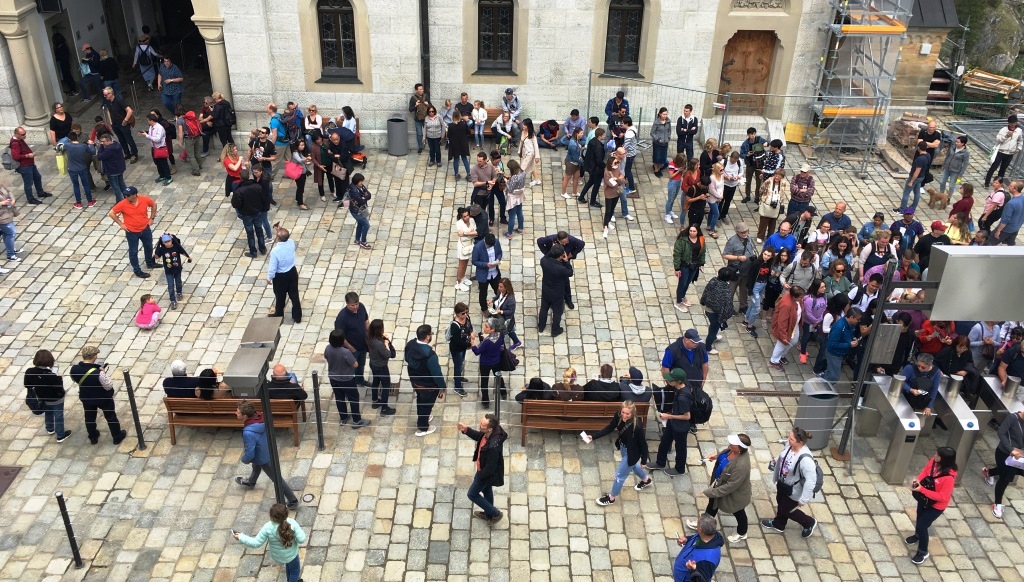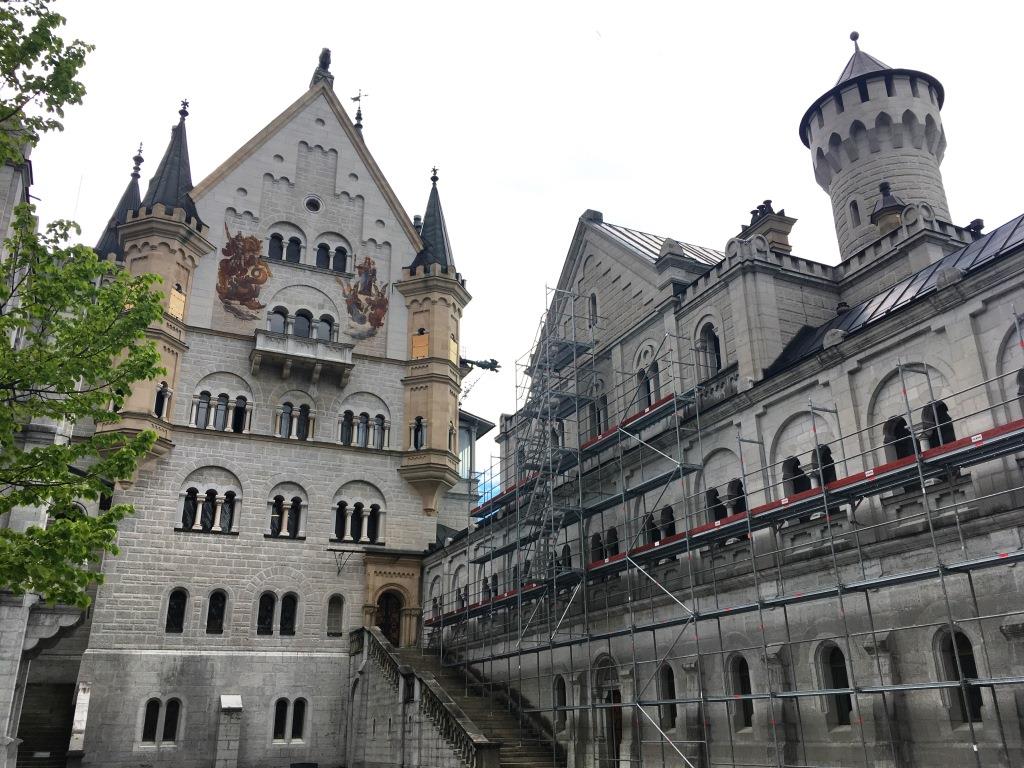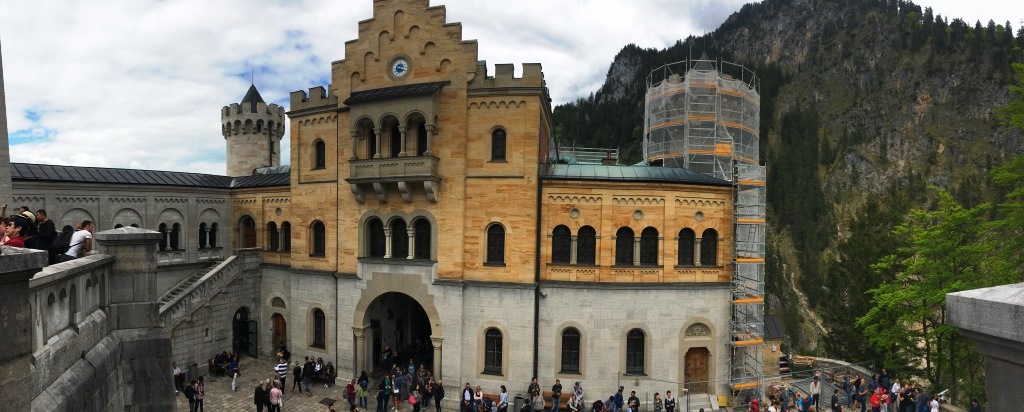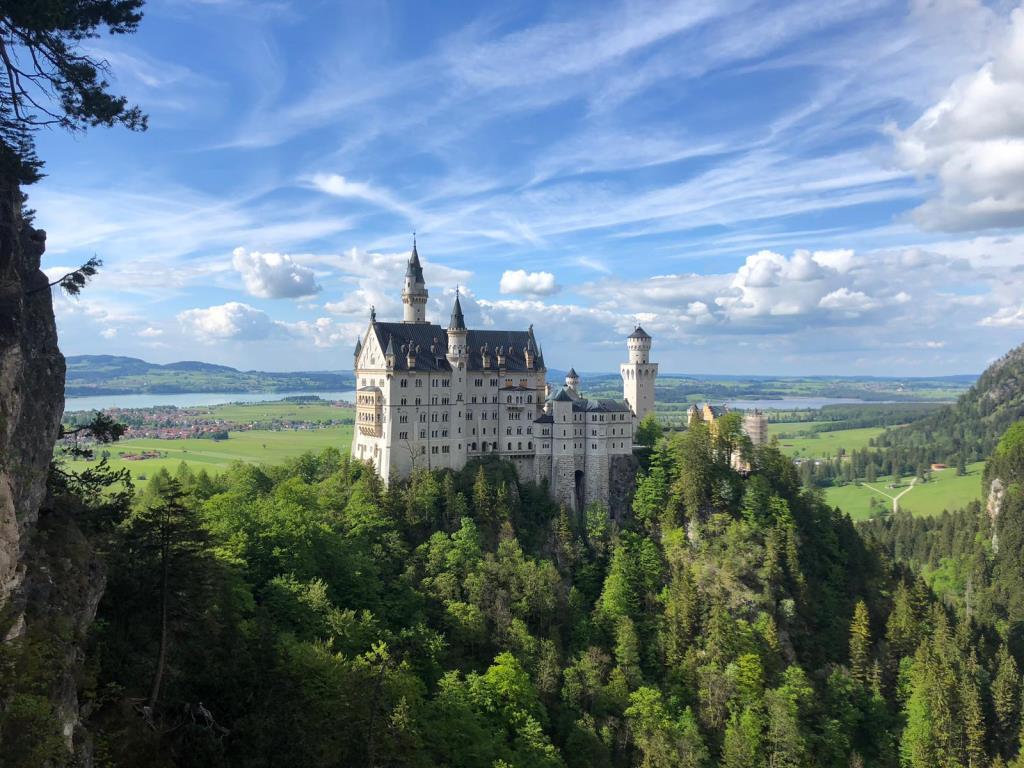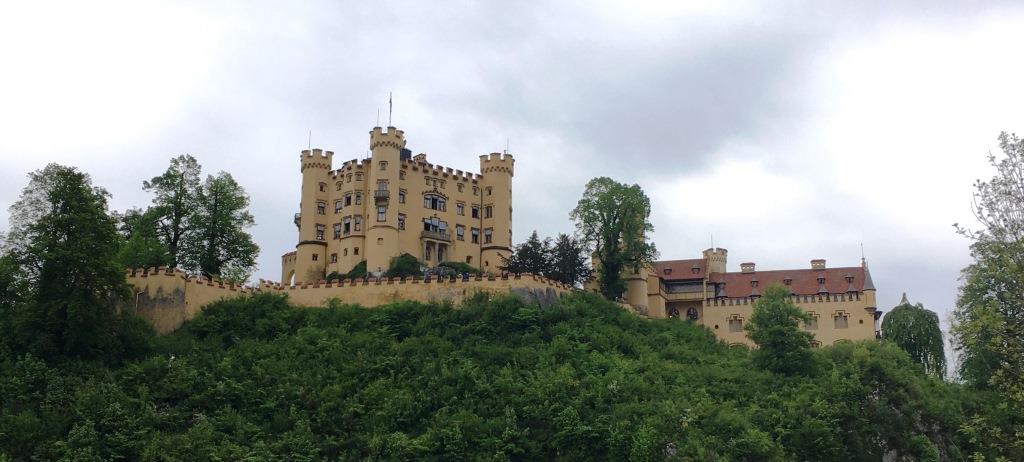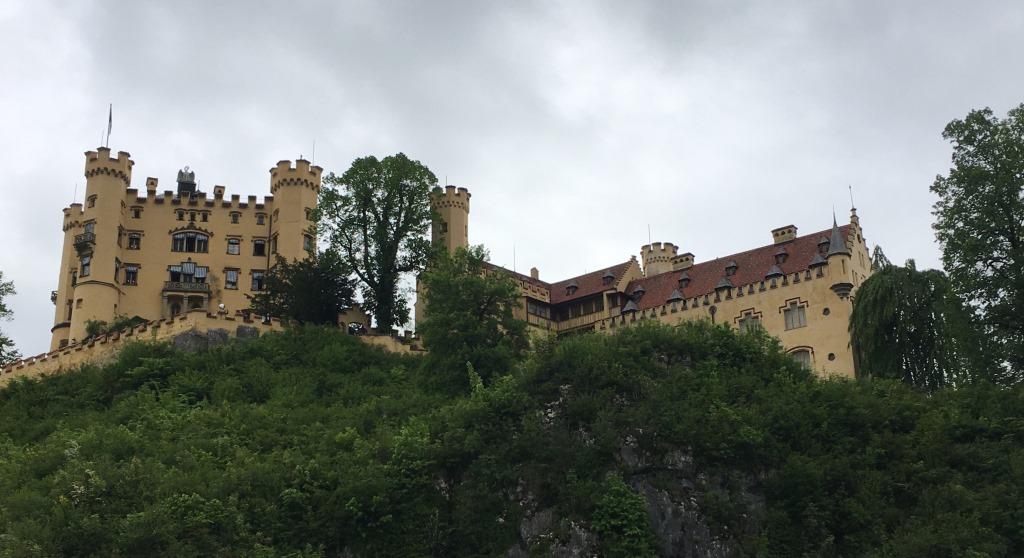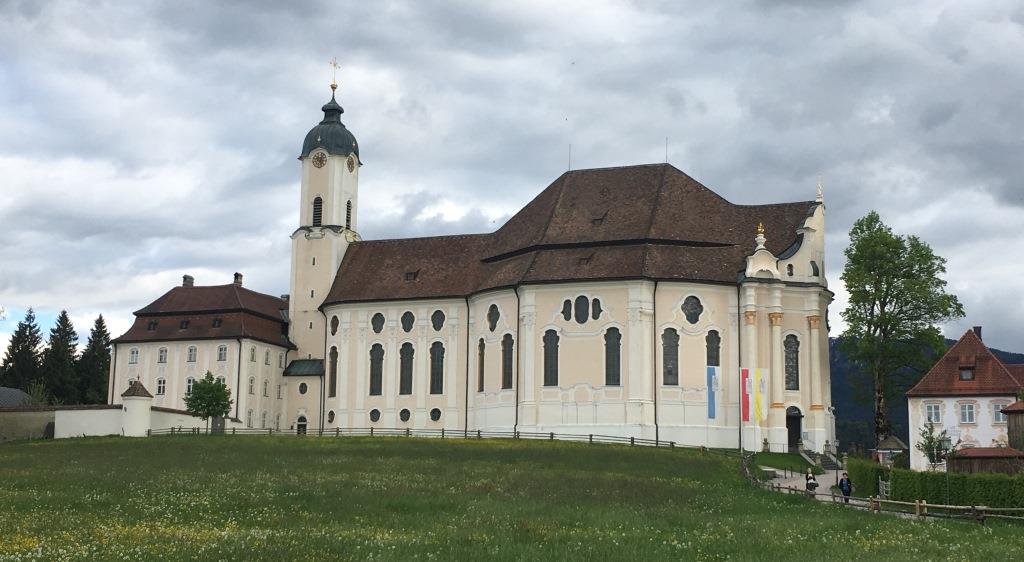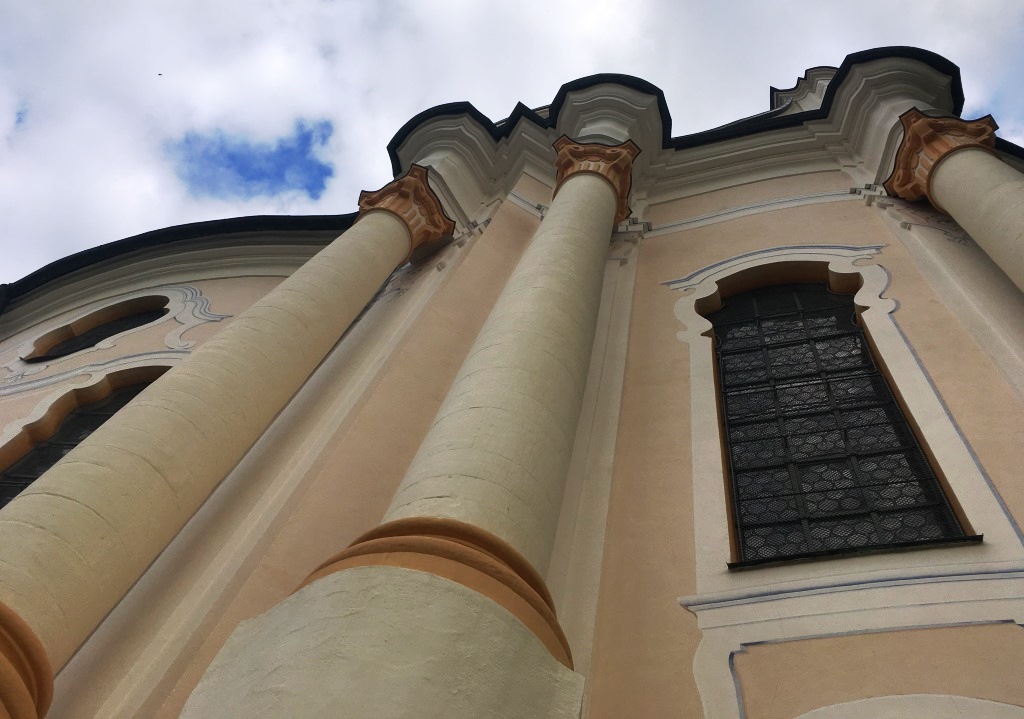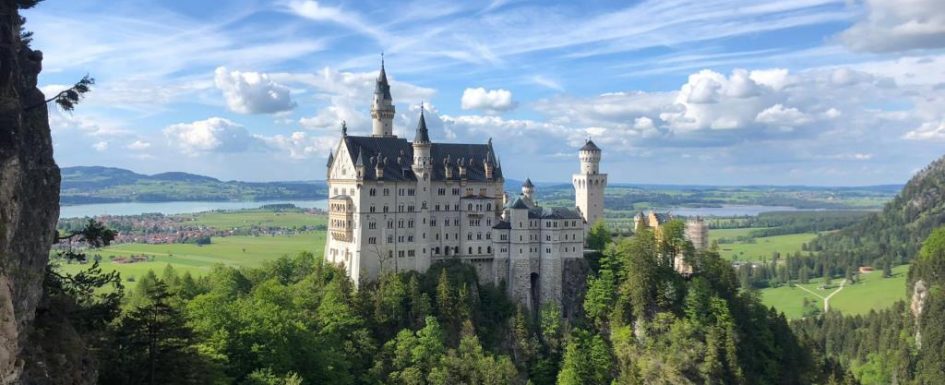
The Bavarian alpine regions: famous for “picture postcard” nature settings like turquois-green lakes, forests and snow-covered mountains in the back, and the “Bavarian” sky in blue and white (the Bavarian “national colors”) above. We explored all of this while staying at the town of Garmisch-Partenkirchen. There are lots of attractions in this area, and one particularly famous is the castle “Neuschwanstein”, supposedly the blueprint for the Disney castle (https://en.m.wikipedia.org/wiki/Sleeping_Beauty_Castle). And for being so famous, I dedicate a complete post just to our day trip there.
Anzeige*
| Destination | Hohenschwangau, Bavaria, Germany – we stayed there at the end of May/beginning of June 2019 |
| How I got there | By car, daytrip from our main destination Garmisch-Partenkirchen; accessible by flights to Munich Airport (e.g. with Lufthansa), followed by rental car or train |
| Where I stayed and Hotel recommendations | We stayed at a nice large flat in the town center of Garmisch-Partenkirchen: https://www.traum-ferienwohnungen.de/210696/
There are lots of accommodation options in the area. Here are some suggestions that appealed to us: |
| Restaurants in Garmisch-Partenkirchen | Gasthof zur Schranne Wolpertinger Pizzeria ColosseoFor all the restaurants mentioned above you should reserve a table ahead |
| Things to do around Garmisch-Partenkirchen | Explore the gorges: Partnachklamm, Höllentalklamm, and the beautiful lakes: Eibsee, Alpsee, and many more! Climb the mountains (or go up by cable car): Zugspitze, Tegelberg, Alpspitz Visit the churches of the area (like the Wieskirche and the Ettal Monastery) and the castels (Schloss Neuschwanstein, Schloss Hohenwangau) |
| Recommendations in a nutshell | Combine the stunning nature with a little bit of culture |
| Recipe | Spinach Bread Dumplings |
History of castle Neuschwanstein
The castle (in German: Schloss) is located about one hour away (by car) from Garmisch-Partenkirchen and close to the small town of Hohenschwangau. Schloss Neuschwanstein (or in English “New Swanstone Castle”) is a Romanesque fortress, including several “fairy tale” towers. It has been built by the “mad” king Ludwig II, starting in 1868.
Before that, there had been a ruin of a medieval castle on a hill next to another castle, the castle of “Hohenschwangau”. The building phase of castle Neuschwanstein started by blowing up the remains of the old keep and the demolishing of the ruins of the medieval twin castles. The foundation stone for the Neuschwanstein castle was laid on September 5, 1869. At the end of 1882 Neuschwanstein was basically completed and furnished, allowing for provisional lodgings there. In 1884, finally the king was able to move in to the new building.
As mentioned, Neuschwanstein has been built by the “mad” king Ludwig II. Whether the king really suffered from a mental illness or not, is still a bit under discussion. In fact, there has never been a serious medical diagnosis, but based on reports of personel and guests he was declared insane. The claim at that timewas paranoia, but nowadays his symptoms are rather interpreted towards a schizotypal personality disorder. Fact is: his building plans grew more monstrous every year, his debts increased dramatically, and still he would not stop any of his giantomaniac plans.
More than a million people come and visit it every year. You can either reserve entrance tickets in advance, or stand in the queue for an hour on the visiting day (provided you’re there before 11 in the morning, to get tickets for four in the afternoon – the entrance time is strictly regulated!)…
We did the latter and would NOT do it again.
When you got your tickets, you start waiting…and waiting…we used the time from 10 in the morning until 16:05 (our entrance time) for a walk around the “Alpsee”, a lake just as beautiful as the “Eibsee” near Garmisch-Partenkirchen:
There’s a footpath along the shore, which allows to circulate the lake in about 90 minutes, giving you lots of nice views of the lake and the mountains.
You can get up to the castle – just follow the crowds:
After about 15 minutes of walk you’ll get a first glimpse at the castle, and it IS nice:
The grey walls are pretty impressive:
When entering the castle inner courtyard, please mind that there are almost NO seats inside the courtyard:
You can get up to the terrace and take some pictures, but it is definitely tiresome to wait for an hour or more for the admission. Better make sure that you arrive just in time for your admission time.
The terrace gives you a great view of the area and the “Tegelberg” in the back, where usually many paragliders are in action:
And this is possible without any entrance ticket – this gives you only access to the inside. The inside comprises of the living rooms of King Ludwig, including an artificial “grotto”, and the pompous “hall of the singers”, inspired by the opera “The Mastersingers of Nuremberg” by Richard Wagner. He was a German composer famous for his concept of the opera as bombastic concept of the “total work of art” and heavily admired by King Ludwig. In fact, the view from the rooms behing the “Grotto” was r eally nice:
…but that’s basically one of two “highlights”. The other highlight is the short walk over to the “Marienbrücke” the bridge of Mary. It just takes 15 minutes and will give you this breathtaking view of the backside of the castle and the lakes in the area:
Overall, Neuschwanstein is interesting, but certainly not the most remarkable castle ever. It imitates the medieval castles, but being just around 150 years old, it feels kind of artificial. And it is visited by MILLIONS of tourists – in fact 1.5 million last year. Which means: crowds everywhere.
Castle Hohenschwangau
The same is true for the castle “Hohenschwangau, which is located very close to Neuschwanstein and is accessed by the same parking lot and shares the ticket office:
Hohenschwangau castle, formerly called “Schwanstein” has been mentioned first in the 12th century in historic documents. Until the 16th century, is belonged to the knights of Schwangau; afterwards the ownership changed a lot. During Napoleonic times (i.d. beginning of the 19th century) is had been destroyed almost completely. 1832 is was acquired the later king Maximilian II, father of the above mentioned King Ludwig II. He had the castle Hohenwangau rebuilt in a neo-gothic style, and the family used it as summer residence and for hunting trips. The “mad” king Ludwig II spent his childhood here and used it as summer residence his entire life.
Hohenschwangau is not only located on a much lower hill – it is also not as frequented as ist „sister“, castle Neuschwanstein. Nevertheless, it is heavily crowded.
Kloster Ettal:
Maybe you should take is as a reason to consider other places to visit, like the famous monastery of Ettal, pretty close to Hohenschwangau, famous – among others – for its brewery! Well worth a short stop and try.
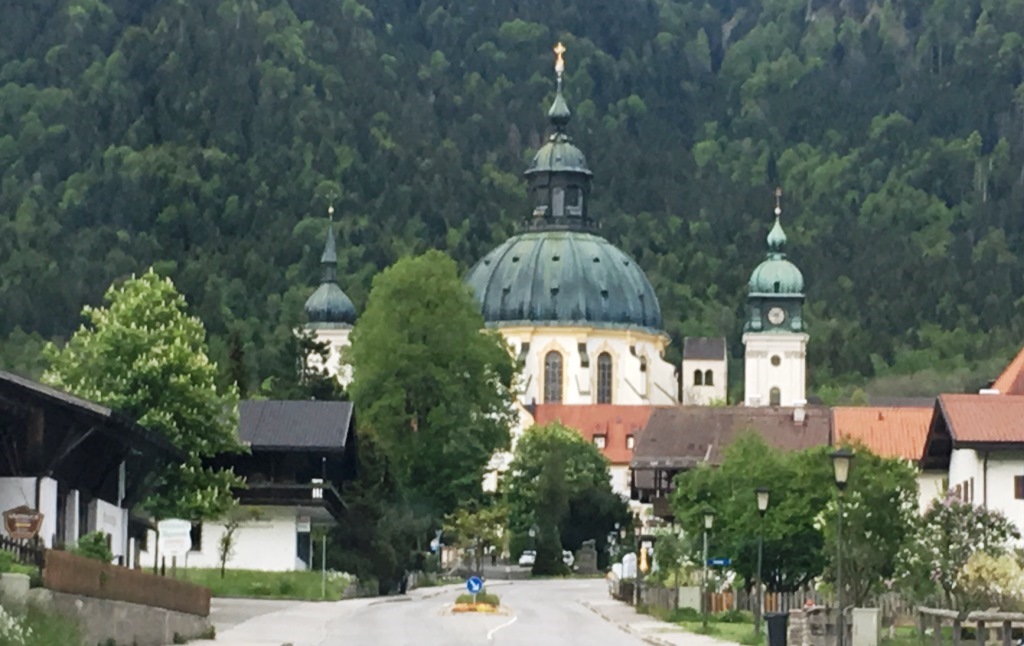 |
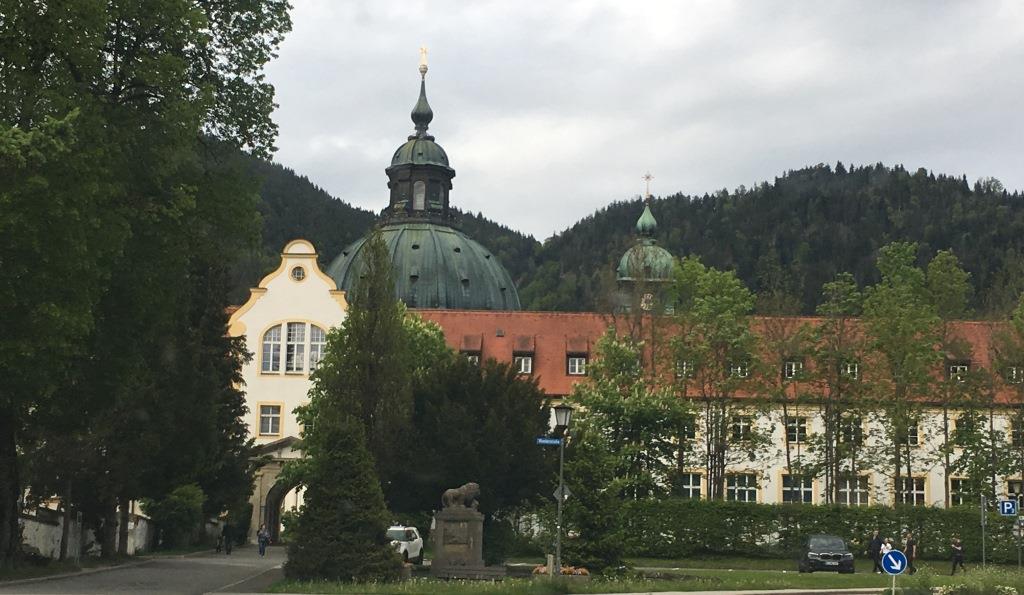 |
Wieskirche:
Equally famous is the “Wieskirche”, the Pilgrimage Church of Wies, a baroque church and world heritage site:
The Wieskirche was added to the UNESCO World Heritage List in 1983 and was extensively restorated between 1985 and 1991.
The church was constructed between 1745 and 1754. Its oval form and extensive decoration clearly show the rococo style. There’s a lot of stuccowork and many frescos to admire:
So, there’s a lot more to see in the Bavarian Alpine region than just the fairy tale castle of Neuschwanstein!
Recipe: Spinach Bread Dumplings – for 4 persons
Ingredients:
- 300 g spinach (blanch the fresh leafs for a minute)
- Salt, pepper, ground nutmeg
- 2 eggs, medium size
- 4 dried breadrolls or 200 g dried white bread (like toast)
- 120 ml milk
- 1 Shallot and 1 clove of garlic, diced and sautéed in butter
- 100 g butter for sautéing the shallot and garlic
- 1 table spoon flour
- breadcrumbs (in case the dough gets too sticky)
- 20 g mountain cheese (or another flavorsome cheese), grated
- For decoration: 2 tablespoons of melted butter and grated Parmesan
Preparation:
- cut the dried bread rolls or the dried white bread into small cubes, mix with the luke-warm milk, add salt, pepper and a little bit of mutmeg.
- Mix the 2 eggs and add to the bread, let it soak for a few minutes.
- Add the blanched spinach, the sautéed shallot and garlic, the grated mountain cheese and the flour and mix well.
- Form small balls (this amount should yield 5-8 dumplings). Just in case the dough is too sticky: add some breadcrumbs.
- Heat water until cooking, put the dumplings into the bubbling water and immediately reduce the temperature. Let the dumplings simmer with closed lid for 18 minutes – ready!
- Serve with melted butter and grated Parmesan. Enjoy!
*According to a German Court decision, all texts containing links to commercial pages (e.g. links to Tripadvisor, Airline, hotel or restaurant websites) have to be identified as “commercial” (in German “Anzeige”). As my texts do contain links like that, I therefore identify each post and page containing a link as “Anzeige”. However (and referring to the “About Me” page) I would like to point out that I do NOT post any sponsored content in my texts; I pay for all my trips myself.

